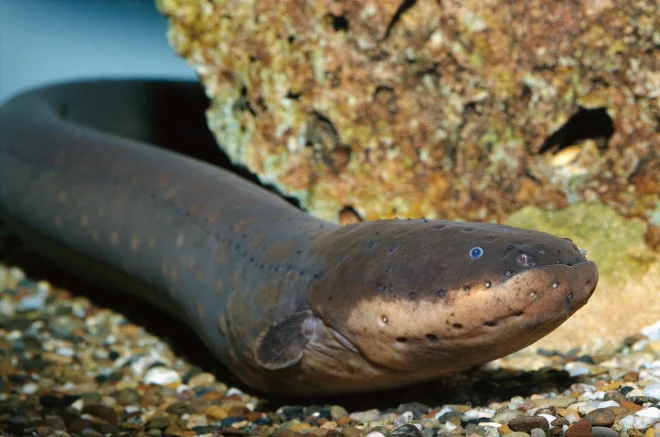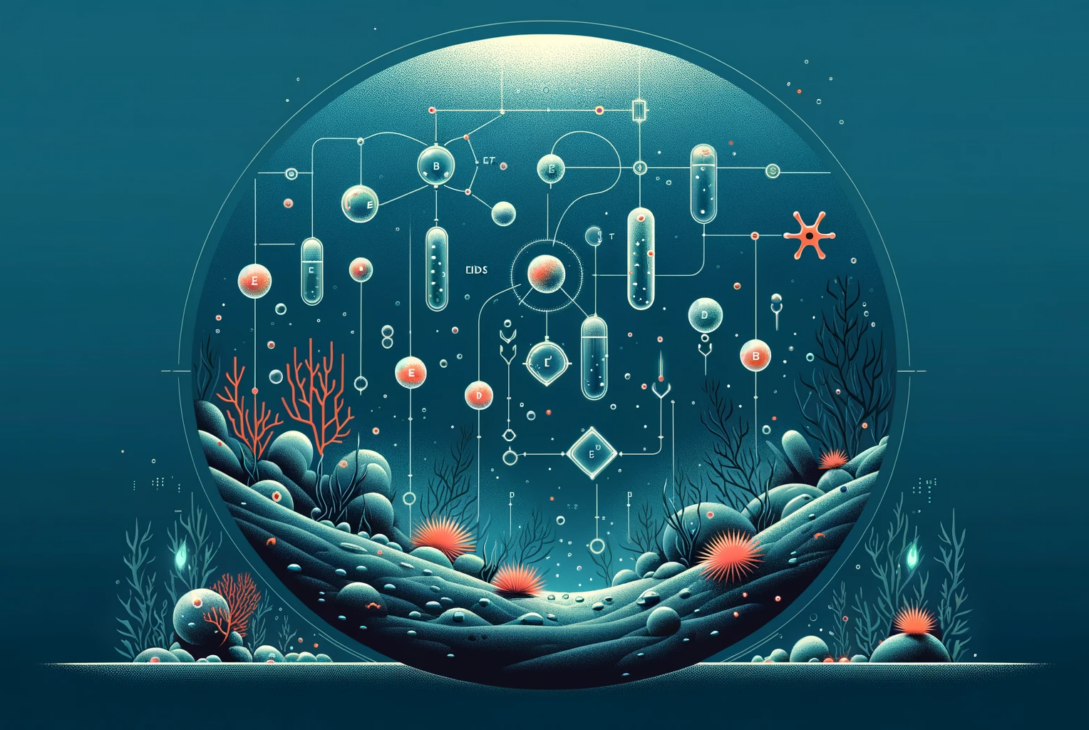In the pursuit of sustainable energy sources, scientists and researchers have been exploring innovative ways to generate electricity. Among these methods, bioelectrogenesis has emerged as a fascinating and promising avenue. Bioelectrogenesis is a natural phenomenon where certain microorganisms are capable of producing electricity during their metabolic processes. In this comprehensive narrative, we delve into the depths of bioelectrogenesis, exploring its origins, mechanisms, and applications, and examining its potential to revolutionize the energy landscape.
Origins of Bioelectrogenesis
The story of bioelectrogenesis begins with the discovery of certain microorganisms’ remarkable ability to produce electricity. One of the earliest observations dates back to the 1910s when M.C. Potter, an American scientist, noticed that certain bacterial cultures could generate a small electric current when provided with organic matter. This observation laid the foundation for the exploration of bioelectrogenesis.
Bioelectrogenic microorganisms, which are commonly found in environments such as wastewater treatment plants, sediments, and even within the human gut, possess a unique set of electron transfer pathways. These pathways allow them to transfer electrons from organic compounds to solid conductive surfaces, such as electrodes. This electron flow forms the basis of electricity generation in bioelectrogenesis.
Mechanisms of Bioelectrogenesis
To understand bioelectrogenesis, it’s crucial to delve into the intricate mechanisms at play. One of the primary pathways involved is known as extracellular electron transfer (EET). Microorganisms capable of EET can transport electrons from the inside of their cells to the outside, where they interact with external surfaces, typically electrodes.
A key player in EET is a group of proteins called “cytochromes,” which serve as electron shuttles. These cytochromes facilitate the transfer of electrons from the microorganism’s metabolic reactions to the electrode, creating an electric current. Additionally, other compounds like flavins and conductive pili play pivotal roles in establishing electron transfer connections between microorganisms and electrodes.

Photo taken from Science Vagaries.
Moreover, biofilms, which are densely packed communities of microorganisms, can form on electrode surfaces. These biofilms enhance the efficiency of electron transfer and electricity generation by promoting direct contact between microorganisms and electrodes.
Applications of Bioelectrogenesis
The applications of bioelectrogenesis are diverse and far-reaching, with the potential to address several pressing global challenges.
- Wastewater Treatment: One of the most immediate and practical applications of bioelectrogenesis lies in wastewater treatment. Microbial fuel cells (MFCs) equipped with bioelectrogenic microorganisms can efficiently break down organic pollutants while generating electricity. This dual-purpose approach not only cleans wastewater but also produces renewable energy.
- Bioremediation: Bioelectrogenic microorganisms can also be employed in bioremediation efforts. They have the ability to degrade toxic compounds like heavy metals and chlorinated pollutants while simultaneously generating electricity. This makes them valuable tools for cleaning up contaminated sites.
- Sustainable Energy Generation: Bioelectrogenesis holds promise as a source of sustainable energy. Microbial fuel cells, for instance, can be scaled up for electricity generation in remote or resource-limited areas, reducing reliance on traditional fossil fuels.
- Medical Implants: Bioelectrogenesis has potential applications in medical devices. Researchers are exploring the use of bioelectrogenic bacteria to power small implants, such as sensors or drug delivery devices, within the human body. This could extend the lifespan and functionality of these devices.
- Environmental Monitoring: The ability of bioelectrogenic microorganisms to produce electricity can be harnessed for environmental monitoring. Miniaturized sensors powered by microbial fuel cells can continuously monitor water quality, detect contaminants, and transmit data remotely.
Challenges and Future Directions
While bioelectrogenesis shows great promise, several challenges must be addressed to fully harness its potential.
- Efficiency Improvement: Researchers are actively working to enhance the efficiency of bioelectrogenesis. This includes optimizing electrode materials, improving microbial strains, and fine-tuning operating conditions to maximize electricity generation.
- Scalability: Scaling up bioelectrogenesis technologies for industrial applications remains a challenge. Developing cost-effective, large-scale systems is essential for broader adoption.
- Microbial Diversity: Understanding the diverse range of bioelectrogenic microorganisms and their specific capabilities is critical. This knowledge will enable scientists to select the most suitable species for various applications.
- Long-Term Stability: Ensuring the long-term stability and reliability of bioelectrogenic systems is essential, especially in applications like medical implants and remote sensors.
- Regulatory Considerations: The development and deployment of bioelectrogenesis technologies may require regulatory frameworks to address safety, environmental impact, and ethical concerns.
As researchers continue to delve into the intricacies of bioelectrogenesis, it is becoming increasingly evident that this natural phenomenon has the potential to revolutionize the energy landscape. With a focus on sustainability, efficiency, and versatility, bioelectrogenesis may offer innovative solutions to some of the world’s most pressing challenges.
Conclusion
In the quest for sustainable energy sources, bioelectrogenesis stands out as a remarkable and promising avenue. This natural phenomenon, rooted in the metabolic processes of certain microorganisms, has the potential to transform wastewater treatment, bioremediation, energy generation, medical implants, and environmental monitoring. While challenges remain, ongoing research and development efforts are paving the way for a future where bioelectrogenesis plays a pivotal role in meeting our energy needs while addressing environmental and societal concerns. As we unlock the power within these microorganisms, we take a significant step toward a more sustainable and electrifying future.
Future Prospects
The future of bioelectrogenesis is marked by exciting prospects and potential breakthroughs. Researchers are exploring several avenues to further advance and expand its applications:
- Bioelectrochemical Synthesis: Beyond electricity generation, scientists are investigating bioelectrochemical synthesis. This involves using bioelectrogenic microorganisms to drive chemical reactions, such as the production of valuable compounds like biofuels and pharmaceuticals, using renewable energy.
- Integrating with Renewable Energy: Combining bioelectrogenesis with other renewable energy sources like solar and wind power is under investigation. Hybrid systems could provide more stable and continuous electricity generation, overcoming the intermittent nature of some renewables.
- Biogas Enhancement: Bioelectrogenesis can be integrated into anaerobic digestion processes, where organic waste is converted into biogas. The electricity generated can enhance the overall energy output of these systems.
- Education and Awareness: Raising awareness about bioelectrogenesis and its potential benefits is crucial. Education and outreach efforts can foster collaboration between scientists, engineers, policymakers, and industry stakeholders to accelerate its adoption.
- Global Impact: As bioelectrogenesis gains momentum, its global impact is likely to be substantial. Developing nations, in particular, could benefit from affordable and sustainable electricity generation methods, improving living conditions and fostering economic growth.
Ethical Considerations
As with any emerging technology, bioelectrogenesis presents ethical considerations that must be carefully addressed. These include:
- Environmental Impact: While bioelectrogenesis can mitigate environmental pollution, its large-scale deployment may have unforeseen ecological consequences. Comprehensive environmental impact assessments are essential to minimize any negative effects.
- Privacy and Security: In the context of medical implants and remote sensors powered by bioelectrogenic bacteria, privacy and security concerns arise. Safeguarding sensitive medical data and ensuring the security of implanted devices is of paramount importance.
- Resource Allocation: The allocation of resources and access to bioelectrogenesis technologies must be equitable. Efforts should be made to ensure that disadvantaged communities have access to the benefits of this technology.
- Regulation: Developing appropriate regulatory frameworks to oversee the responsible deployment of bioelectrogenesis is critical. Regulations should address safety, environmental impact, and ethical considerations.
The Path Forward
Bioelectrogenesis has the potential to revolutionize our energy landscape, offering sustainable solutions to a range of global challenges. As researchers continue to unravel the mysteries of microbial electron transfer pathways, new opportunities for innovation and discovery emerge.
Collaboration among scientists, engineers, policymakers, and industry leaders will be essential to drive the development and adoption of bioelectrogenesis technologies. This interdisciplinary approach will ensure that bioelectrogenesis evolves from a promising concept into a practical, scalable, and sustainable energy solution.
In conclusion, bioelectrogenesis is not just a scientific curiosity; it is a beacon of hope for a future powered by clean and renewable energy. With its origins rooted in the microbial world, this natural phenomenon holds the promise of transforming the way we generate electricity, clean our environment, and improve our lives. As we harness the power within these microorganisms, we take a giant stride towards a more sustainable and electrifying future for generations to come.




